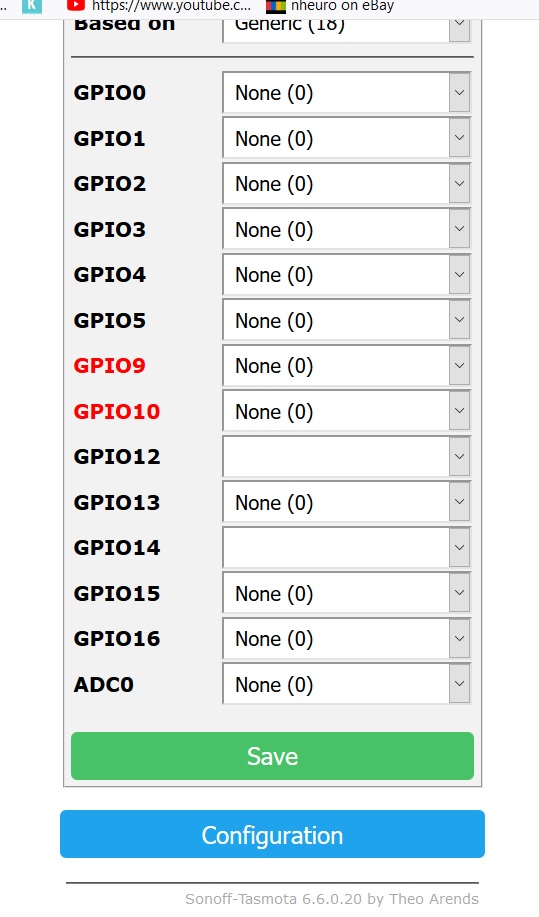No, because the firmware has to be <500k for initial flash with Tuya Convert.
@andrethomas did a special Tuya build. Download from here http://thehackbox.org/tasmota/020300/sonoff-tuya.bin
You can upgrade if the needed support is not in this build. Before doing this do a reset 5
After you have done you do the upgrade via file or OTA

Extend Tasmota with support for SM2135 five channel intelligent dimmer led with constant current driver interfaced using I2C as used in Action LSC Smart Leds (https://www.action.com/nl-nl/p/lsc-smart-connect-slimme-multicolor-ledlamp-2/)
SM2135E_zh-CN_en-US_translated.pdf
See https://www.mikrocontroller.net/topic/479796#5950544 for background info.